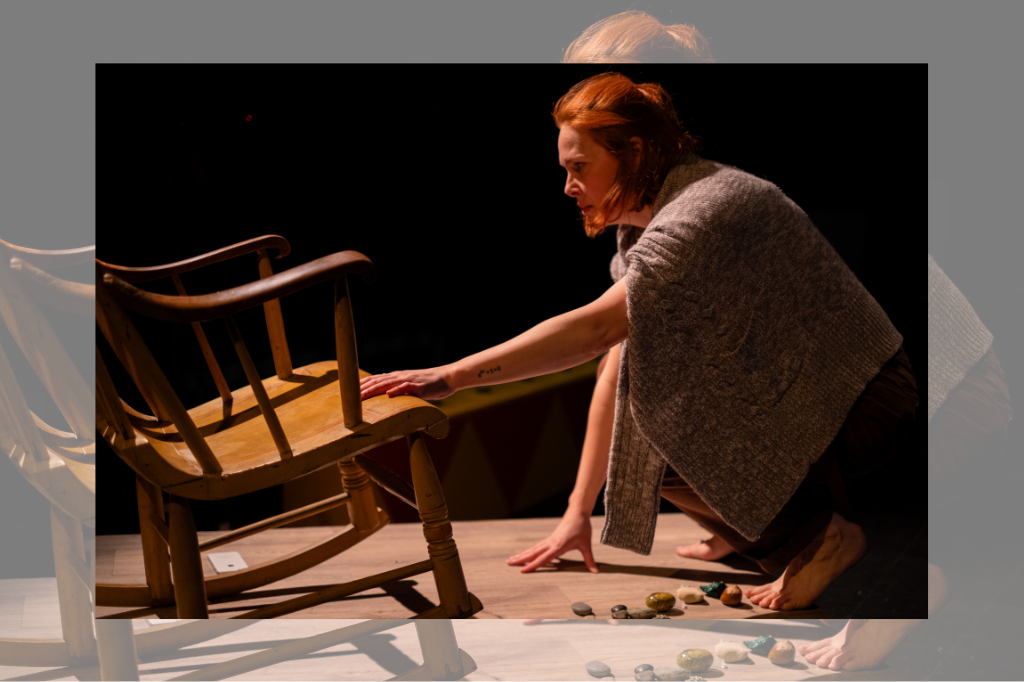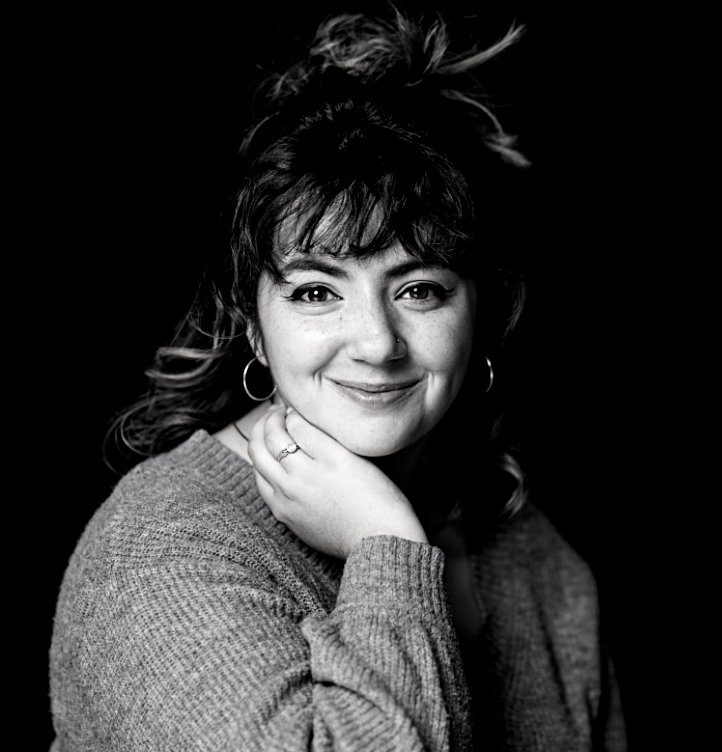REVIEW: With cuts, Dead Elephants could be a stunner of a play
Ever been to St. Thomas?
Located in southwestern Ontario, just below London, there’s not much to differentiate the small town from its companions of Ontarian sprawl, sleepy communities like Ingersoll and Woodstock. There’s a lot of farmland in St. Thomas, and a few decent cafés. There’s a train station.
But there’s also an enormous statue of an elephant, erected in 1985 to commemorate Jumbo, circus star and poster child for P.T. Barnum’s infamous mistreatment of animals. One hundred years before the creation of his sculpted likeness, Jumbo was hit by a train in St. Thomas. Touchingly, tragically, he gave his trainer a final hug before succumbing to injuries. It’s a sad story that offers a glimpse into the murky history of circus, and one that’s been turned into a pillar of the St. Thomas tourism industry.
It’s also one-third of the premise of Dead Elephants.
Playing at the Aki Studio, Good Old Neon’s Dead Elephants sifts through the histories of three, you guessed it, dead elephants, in its search for greater meaning. Did these elephants die for a reason? Do we mourn creatures like Jumbo more than we do other animals simply because they have names? What, then, of metaphorical elephants – those in rooms, or those pounding on the ceiling from the upstairs neighbour’s apartment? Over a long three hours, Dead Elephants digs up countless graves and asks difficult questions about human ethics, using Jumbo as one of its case studies.
There are two other elephants in Alexander Offord’s script: Topsy, who in 1903 was electrocuted on film, and Denise, who, at a time that approximates now, has lost her baby, and in the months following the loss has begun to turn into a grey, leathery behemoth of a person. Three actors bring this story to life: Hayden Finkelshtain and Nicole Wilson, who revolve through jackets and props to suggest different characters, and Allan Cooke, who narrates the elephantine drama as”… a pigeon.
It’s an interesting, wacky premise realized with occasional success by Wilson, who directs and appears as Denise, reaching the role’s cavernous depths while also eking out the play’s intermittent humour. Finkelshtain, too, masters the art of hopping between roles, holding up his end of the dance between himself and Wilson. The two are an intriguing pair – they tackle a range of accents, including melodic southern and Appalachian drawl, mostly nailing them – and their chemistry comes to a satisfying head in the final half hour of the play, when the slaying of an elephant becomes all but inevitable.
Cooke has the hardest job of the trio: bringing Brechtian sensibility to a human-sized pigeon. For much of the play, the pigeon seems to belong to a different play entirely, lending occasional context to the action unfurling onstage but equally pulling focus from it until a final “aha!” moment. Cooke’s physicality is superb – the jerky movements of his neck are perfectly pigeon-esque – but the role itself is both underwritten and overused, making Dead Elephants a frequently frustrating experience, at least until it finds its stride in that final half hour.
And that half hour, one long scene centred around Denise and her baby, is realized beautifully by Wilson, both as director and actor. It’s where the point of the play finally, finally becomes clear, and where the disjointedness of the stories that precede it begins to make sense. It’s a cathartic, emotional, spoiler-rife sequence that effectively knits together all the previous elephants of the play, both literal and metaphorical. Whether or not the runtime is earned by that albeit wonderful ending is up for debate.
Offord, also the sound designer, has chosen to envelope the Aki Studio in a drone-laden soundscape both before the show and during intermission – though fine dramaturgically, folks may find it to be too loud, as are most of the noises employed throughout the play. Though well-composed, the sound design often overwhelms the space, forcing the actors to shout and the audience to recoil at nearly every cue.
Connor Price-Kelleher’s lighting design is efficient and playful, complete with a glowing bird seemingly suspended in mid-air throughout the play. The bird, as well as functional circus lights lining the perimeter of the space, serves as Dead Elephants‘ most successful aesthetic choice, along with clever moving platforms designed by Wilson and Kris Van Soelen that suggest different eras of elephant-adjacent history.
There’s a pearl of a play embedded somewhere in Dead Elephants, and with further workshopping, I’d be thrilled to see it again. But at its present length, I’m left craving a less arduous journey to the payoff of the play’s final breaths.
Dead Elephants runs until March 17 at the Aki Studio. Tickets are available here.
Intermission reviews are independent and unrelated to Intermission‘s partnered content. Learn more about Intermission‘s partnership model here.















Comments